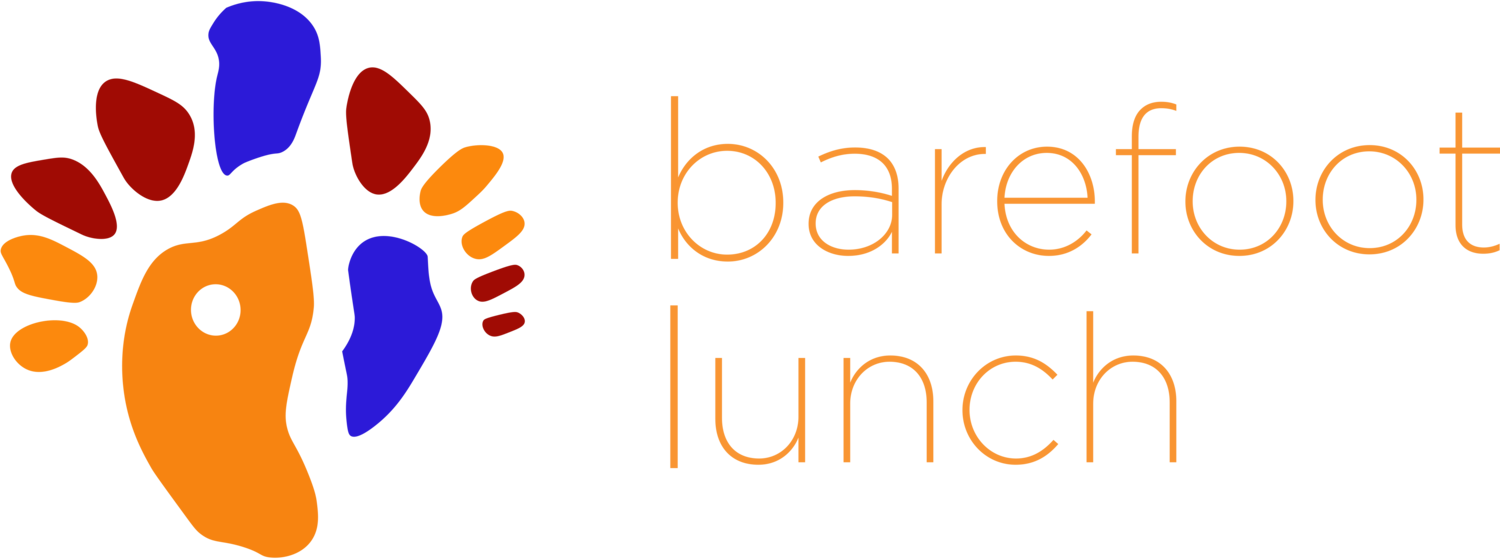Recently an eager job seeker asked me the top 5 things I could recommend for finding a new job. She asked me what mistakes to avoid and what would help her succeed. Here is a brief outline of our discussion. I hope it helps you as well!
1. Get on LinkedIn.
For foreigners, joining LinkedIn to find a job is standard. However, many Japanese job seekers still hesitate to put a profile on LinkedIn. If you want foreign companies to find you, build up your LinkedIn profile. Even though relatively smaller in Japan than some other countries, LinkedIn still leads the way for overseas talent acquisition teams and recruiters who cannot penetrate the Japanese language or use Japan specialized sites like Daijob, Recruit, or RecruitNavi. LinkedIn provides a door for recruiters out of APAC or from home office to contact you. Keep your profile up to date and let the viewer know your intention to change jobs.
2. Prepare for interviews with a few simple steps.
In addition to knowing company’s Japanese web site, remember for foreign companies to take a look at their English site. Next, take a look for recent news items in both Japanese and English. And research Wikipedia in English. Lastly, glance through the Annual Report.For the Annual Report, read the introduction from the president and do a quick search (use the “Find” command for the PDF or website)“Japan” and “Asia” to learn how headquarters views the region as well as reporting lines.
Have a notebook and pen for the interview. These are all you need for the interview, unless you have a copy of your resume. One candidate took out a folder with all his research, websites, news, etc. His research was admirable, but his disheveled appearance, with his stacks of messy papers, led to several job rejections.
In your notebook, write down 6 questions you want answered. Plan to ask 2. The reason for this is that you want to ask 2 thoughtful questions. If some of your questions are answered during the interview, you can go to your next question. If the interviewer has answered all 6 of your questions, then thumb through them showing the client you have prepared, but that your questions were answered.
During the meeting take a note or two—but not too many. It’s nice to write down what someone says. If you write down too much, however, you tend to miss eye contact and rapport building.
3. Listen to the interviewer.
When sitting in on interviews, I have watched the client tell the person who is interviewing everything that they are looking for in a job, the challenges the team or company faces, and what they seek in a candidate. Then the candidate begins to explain their experience, failing to relate accomplishments to the needs outlined by the interviewer.
For example, if a finance team is struggling to close their books and you have improved accounting processes that lead to quicker closings, then highlight the fact. Spend a bit more time to discuss your accomplishment: “Similar to your challenge, my previous company faced it. Here is what I did to solve the problem.”
Also, under listening, it is important to watch the body language of the interviewer. You already know to have good posture, sitting relaxed with confidence. But also, watch if the interviewer’s body language and check if she is engaged. If you see clues that she is bored or not paying attention, then you’ll need to change your tactics; try speaking faster or slower, maybe change the tone of your voice, or throw in a question to engage the other person.
4. Know and practice the basic interview.
Have a self-introduction that is quick and engaging. Practice it on a close friend and get their opinion.Many people may have a self-introduction, but have never asked anyone for feedback. Now is the time to do this.
Write down 4 or 5 questions you think an interviewer will ask you. Some easy ones are: What are your strengths? What do you like to do? Why do you want to leave your current job? What are your weaknesses? Now write down answers to these questions. Give specific examples from your career.
Develop stories that highlight your skills. People remember stories. Your resume has facts, figures, bullet points of what you have done and accomplished. Use an interview to tell stories that make you memorable and desirable.
Again, practice. Take your phone and lean it up against something to video yourself answering the questions. Then watch and listen. Do the answers seem to present your experience and skills in the best possible light?
5. Be positive.
If you had a bad experience at a company or disliked someone, it is better to focus on the positives of the company and position. For example, if you disliked the team, change it to a positive, “It was a great company and I wanted to find a team where my ideas were welcome, such as what you have described.” Staying positive tends to work better than saying, “I hated my boss and had to leave.” Though that may be true, save the commentary for your family and closest friends. Better to say, “I wanted a manager who could teach me even more so I can reach my potential.”
